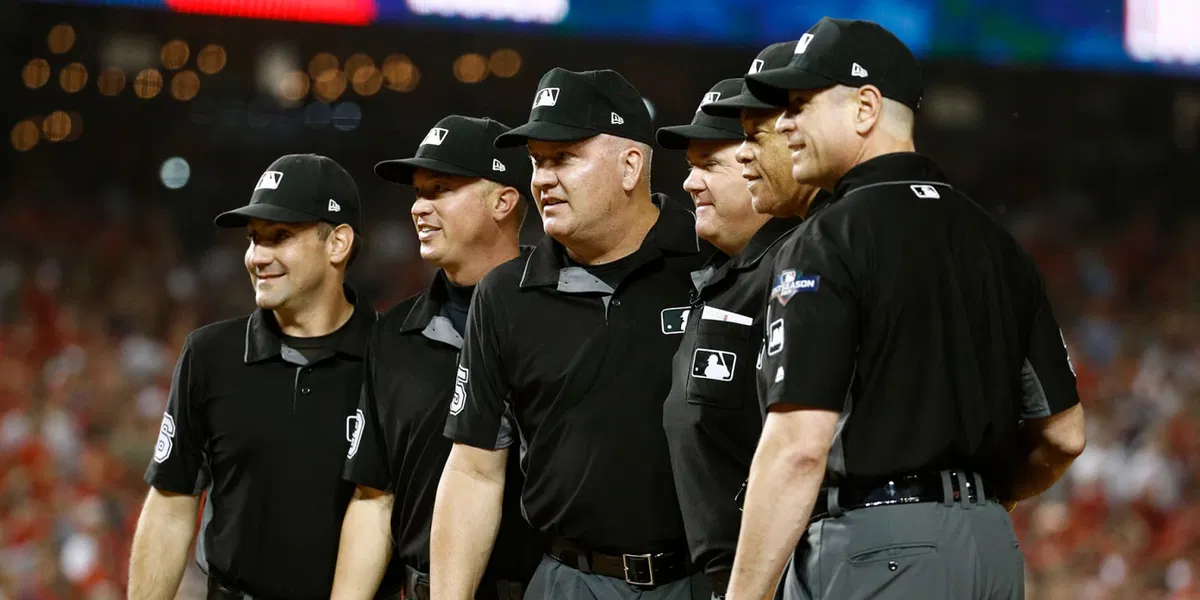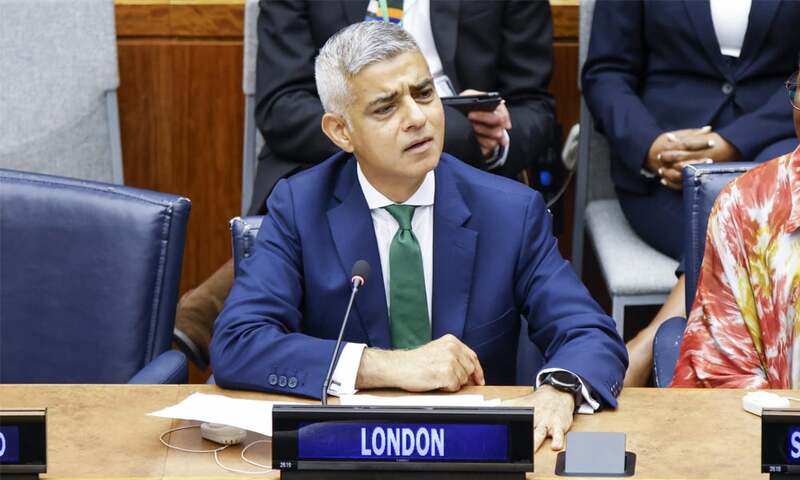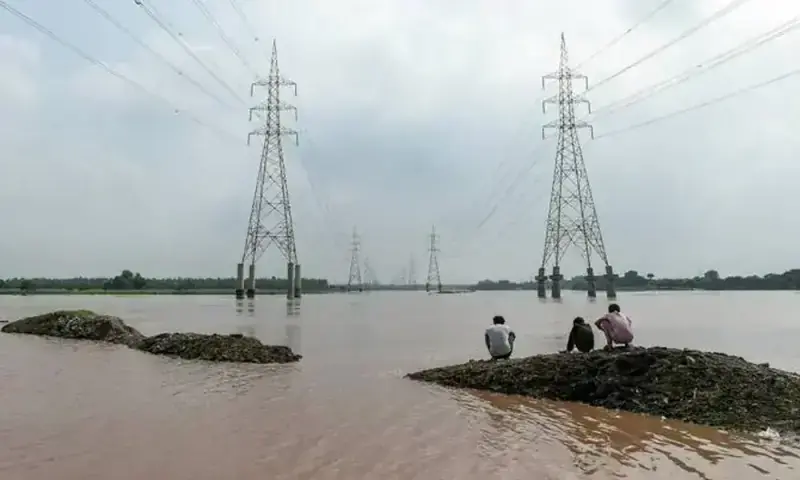
In a sport where inches define glory and heartbreak, some men behind the plate seem to redefine chaos instead of enforcing rules. Their strike zones wobble like weather vanes, calls vanish into thin air, and collective frustration rises from dugouts to broadcast booths. Fans squint at the scoreboard, wondering if the game is being played or improvised. MLB has watched, measured, and quietly seethed. And now, they have come up with a solution.
Major League Baseball’s introduction of the Automated Ball-Strike (ABS) Challenge System for the 2026 season is historic, aiming to finally curb mounting human error. Fans and players have long been frustrated as pivotal games are often swung by incorrect calls behind home plate. The ABS preserves umpires’ roles while allowing teams to challenge high-leverage calls with near-instant review. Hawk-Eye technology tracks pitch location precisely, ensuring the fairness and integrity that human judgment has sometimes failed to provide.
Repeated inconsistencies from veteran umpires made MLB’s move almost inevitable. Rob Drake, for example, recorded a correct call rate of 90.99%, meaning nearly one in ten pitches was miscalled under his watch. Bruce Dreckman fared slightly better at 92.51%, but still misjudged hundreds of pitches across 3,473 calls. These numbers highlight the precarious nature of relying solely on human judgment for such a critical aspect of the game.
ADVERTISEMENT
Article continues below this ad
But there have been many umpires who have fared worse. CB Bucknor has long had a notorious reputation, famously missing 15 ball-strike calls in a Rockies-Athletics game, including four incorrectly called strikeouts. Laz Diaz also drew widespread criticism for a fan interference ruling in Tampa Bay, an almost contradictory decision that left fans baffled. Across these five umpires, including Jen Pawol, who has made history as MLB’s first female umpire, average accuracy rates fall below 93%, placing them at the league’s lowest tier. Such mistakes often directly influence outcomes and fan frustration alike.
Mistakes are not limited to this quintet; recent reports revealed that there are 1,014 incorrect calls across 95 games in a single week, an average that shocked viewers and players alike. Even carefully framed pitches were frequently misjudged, showing human error is systemic, not isolated. Fans’ reactions online ranged from outrage to disbelief, demanding accountability or a technological solution. The mounting noise created a perfect environment for ABS, promising both clarity and fairness on every pitch.
ADVERTISEMENT
Article continues below this ad
ABS allows each team two challenges per game, retained if successful, and additional challenges in extra innings if needed. Only pitchers, catchers, or batters may initiate a challenge immediately after the call, without assistance from the dugouts or consulting with fellow teammates on the field. Challenges are resolved with animated pitch graphics on stadium videoboards and broadcasts, typically taking 13.8 seconds, minimizing game disruption. This balance preserves human judgment while correcting high-stakes errors that previously went unchecked.
The system has been extensively tested in minor leagues since 2021, and in MLB spring training and the All-Star Game in 2025, receiving positive feedback from both players and fans. Full ABS was considered, but was eventually vetoed as the league wanted to retain some form of human judgment. Pitch framing, a crucial skill for catchers, remains relevant under this system, preserving strategic depth. Teams will now add an analytical strategy to determine when to use challenges, adding a fresh layer to gameplay.
Read Top Stories First From EssentiallySports
Click here and check box next to EssentiallySports
Umpire mistakes have repeatedly shaped outcomes, from Max Fried losing a potential no-hitter to JT Realmuto’s questionable strikeout call. Chris Conroy and Roberto Ortiz both missed over 24 calls in a single game, showing that even experienced umpires fail under pressure. These high-profile errors impact team standings, fan trust, and broadcast credibility. ABS ensures that similar mistakes can now be addressed almost immediately, improving fairness in high-stakes situations.
ADVERTISEMENT
Article continues below this ad
Laz Diaz’s infamous fan interference call, despite technically following the rulebook, highlighted the subjective confusion fans face behind questionable rulings. CB Bucknor’s repeated poor performances show that in-or league experience does not guarantee major league accuracy. Rob Drake, Bruce Dreckman, and Ortiz illustrate how veteran status cannot substitute for consistency. With ABS, these egregious mistakes no longer determine outcomes without recourse, restoring credibility to umpiring.
ADVERTISEMENT
Article continues below this ad
Jen Pawol’s historic MLB debut reminds fans that excellence and progress can coexist with human imperfection. While her achievement was widely celebrated, it underscores that even seasoned umpires occasionally falter, justifying ABS’s implementation. Fan reactions demonstrate both excitement and frustration, emphasizing the emotional stakes of every missed call. ABS promises a fairer, more precise system that honors tradition while embracing modern technology.
While ABS technology might be a boon to some, a few may not entirely benefit from it.
ADVERTISEMENT
Article continues below this ad
ABS is coming to MLB. Who will benefit and who will not?
Major League Baseball is about to hand the mic to technology, and the umpires, those human arbiters of strikes and balls, might finally get shown the door, at least occasionally. The Automated Ball-Strike system, or ABS, isn’t here to rewrite the game entirely, but it’s a clear vote of no confidence in the countless “oops” calls that have haunted dugouts and broadcast booths alike. Who thrives and who flounders under this new regime?
ADVERTISEMENT
Article continues below this ad
With the Automated Ball-Strike system coming to Major League Baseball, catchers like Patrick Bailey stand to flourish remarkably. Bailey’s elite framing, which generated 25 Catcher Framing Runs—nearly twice any other catcher’s total- remains a critical weapon. His deep understanding of umpire tendencies allows him to manipulate borderline calls even with ABS challenges. Fans will thrill at watching catchers maintain dominance while the game gains fairness in crucial strike-zone decisions.
Hitters and pitchers gain a nuanced advantage, knowing egregious calls can now be challenged and corrected swiftly. Data from 288 spring training games shows catchers succeed in 56 percent of challenges, while pitchers only manage 41 percent. This shift encourages batters to trust their eyes, potentially adjusting swings mid-game with high-stakes confidence. Meanwhile, pitchers must rethink their approach, as automated review may strip away previously unseen strike-zone edges.
ADVERTISEMENT
Article continues below this ad
Yet, some umpires face diminished influence, as the human error they once wielded becomes a challengeable liability. Despite this, managers like Bruce Bochy and A.J. Hinch emphasize accountability, strategy, and fairness over nostalgia for missed calls. The ABS addresses years of frustration while preserving the catcher’s art, as Bailey’s cerebral mastery proves indispensable. Ultimately, even with a few inconveniences, MLB moves decisively toward accuracy, integrity, and a more compelling spectacle for fans everywhere.
In the end, ABS isn’t here to dethrone the umpires completely but to bring down the percentage of human error in the game, thus ensuring fairer results. Basically, errant calls will no longer steal innings or championships. Hitters and pitchers gain a fairer stage, but umpires must accept their occasional demotion from all-powerful arbiters. Major League Baseball is finally saying, “Sorry, humans, we love you, but technology is taking a minor role in your drama.” Fans can rejoice: the game stays unpredictable, but chaos now comes with a safety net.



